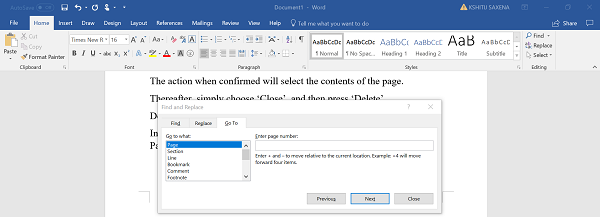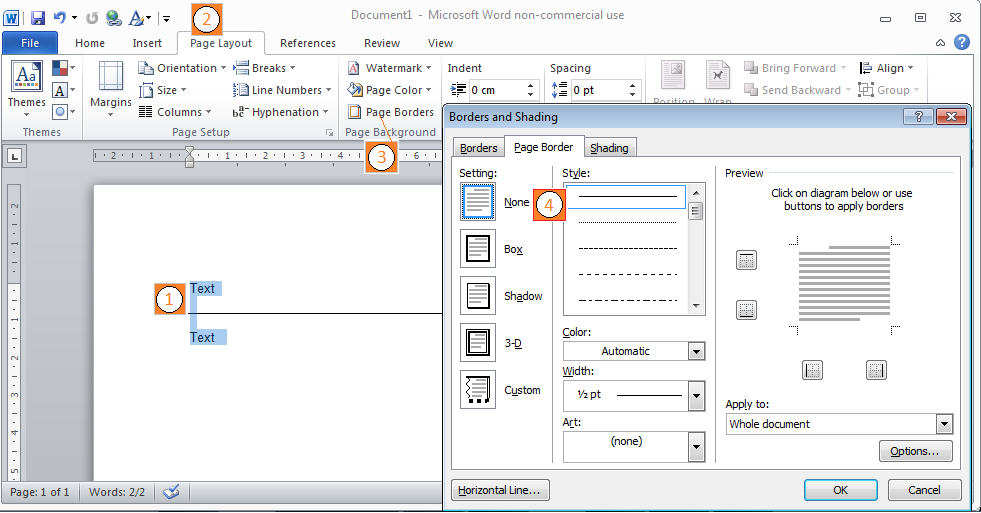
In Word 20, click the Design tab instead.

Once you've selected all the border options you want to use in your document, click the OK button to apply the border.Clicking the down arrow on Apply to gives you the option to select the first page only, selected page, all pages but the first page, and other options. Click OK to remove the columns in the Word document.By default, the borders are applied to the whole document, which means every page has the same border.The number entered or selected must be less than the current number of columns, if you want to remove columns. For Number of columns, you can type in a number or use the up and down arrows to select a number.Open the Word document where you need to remove columns.If you need to delete columns in a Word document, follow the steps below. Alternatively, you can go to the Layout tab on the Ribbon, click Breaks, and then select Column. To insert a column break, move your cursor to where you want to insert the break and press Ctrl+ Shift+ Enter shortcut key. In Image 2 below, you can see what the same text looks like with the maximum 13 columns.Īfter creating a document with multiple columns, it may be necessary to enter column breaks into the text to move text to the next available column. In Image 1 below, you can see how the text "The quick brown fox jumped over the lazy dog" looks with three columns.

Click OK to add the columns to the Word document.If the Equal column width option is checked, Word automatically sets the columns to be evenly spaced. In the Page Setup section, click the down arrow under Columns, then select More Columns.Open the Word document where you want to add columns.


 0 kommentar(er)
0 kommentar(er)
